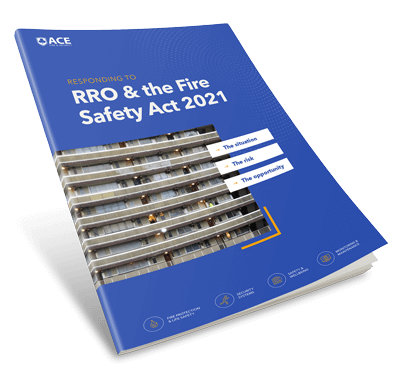Enforcement of the RRO is the responsibility of the local fire authority. On the ground, it is a Fire Safety Officer working for the Fire Service, reporting to the Chief Fire Officer, who undertakes inspections and recommends actions.
As they have to cover a wide geographical area containing an overwhelming number of premises that fall under the RRO, regular inspections are usually confined to high-risk premises such as care homes and high-rise residential buildings. This is now likely to intensify and broaden to other buildings – both newly constructed and older buildings requiring upgrade and remediation works. If poor fire safety management is reported or complaints are received, then investigations will follow.
If the responsible person has failed to comply, the most likely outcome is that they would work with that person to ensure compliance. This may consist of advice or a formal notice where appropriate.
If there is a genuine danger to life, then a restrictive notice may be issued – which might stop the premises being used for cooking or sleeping for example, or it could go further and ban people from using the building.
It may be possible to negotiate different approaches to compliance with the Fire Safety Officer, but if that is unacceptable, then the only recourse would be to make a formal appeal through the magistrate’s court.
More serious offences where there is a genuine disregard for life, may result in a fine or imprisonment. Fines could vary from £5,000 to an unlimited amount, and a prison sentence could be up to two years. In April 2021, a Derbyshire landlord was sentenced to eight months in prison for three breaches of the RRO.
If you previously had a fire certificate
Fire certificates issued under the Fire Precautions Act 1971 will no longer have legal status as this legislation is superseded by the RRO. You will need to make any necessary improvements to comply with the order and ensure that all physical precautions have been properly adhered to.
New building
If your premises were built to recent building regulations, then it should not be necessary to make major improvements to fire safety systems. However, in all cases you must still carry out a full risk assessment and keep it up to date to ensure that all the fire precautions in your premises remain current and adequate. It is important to keep up to date with Emergency Voice Communication and Fire Emergency Evacuation Plans for high-rise residential and commercial buildings, as guidelines around these are changing.


